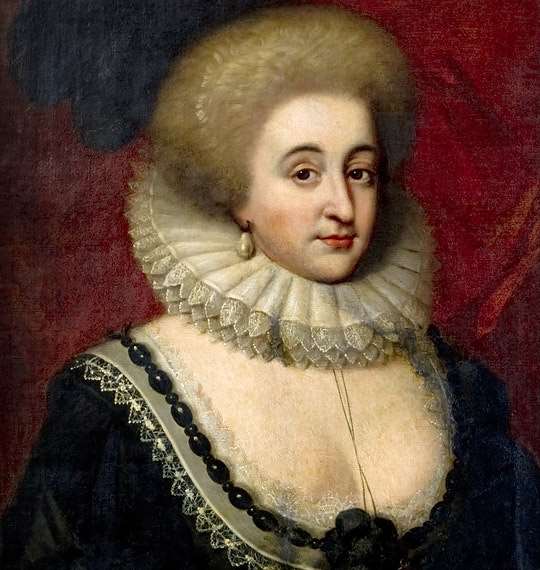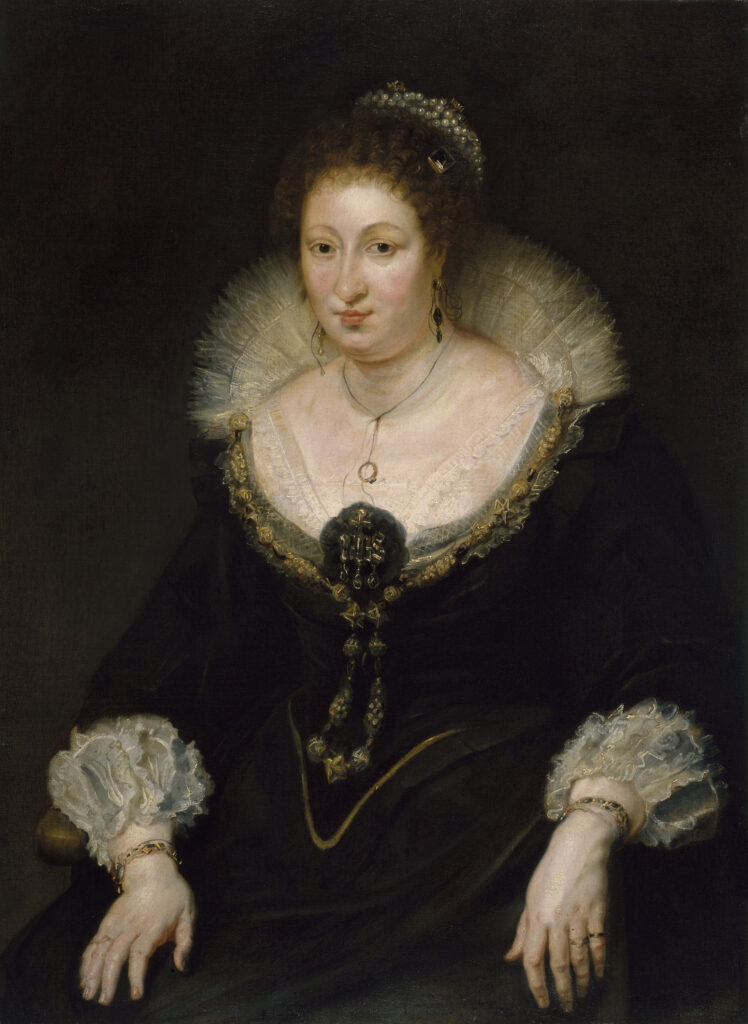Elizabeth (Talbot) Grey (1581-1651), countess of Kent, and her sister, Aletheia Talbot Howard, the countess of Arundel, were a part of an elite group of women who had access to limited (informal) scientific education. Their published works, “A choice Manuel of rare and select Secrets in Physick and Chirurgerie” by Grey (1653) and “Nature Extenterata” by Howard (1655) are recognized as the “first printed books of technical and scientific material in England by women.”1
Even though both sisters had work published, many of their earlier works were unrecognized because of their “recipe book” style format, which ended up mostly being circulated between women in domestic spaces. Also, their work was able to be replicated or built upon by men in the professional sphere with little or no citations of their work.
Elizabeth Grey

Grey specialized in herbal medicine and her knowledge and recipes were later used by formal physicians who also had published work in the field. Her most recognized remedy was called the “Countess of Kent Powder”, which consisted of crab claws, pearl, red and white coral, crabs’ eyes, and lemon juice, and was used to treat measles and smallpox.2
Aletheia Howard

Howard’s “Nature Exenterata” also includes medicinal remedies and recipes. Howard also wrote a manuscript much earlier (1606) of remedies called “A Booke of diuers Medecines, Broothes, Salues, Waters, Syroppes, and Oyntementes”, of which there are only three copies. The manuscript is a collection of 397 recipes that are organized by illness or pain and the body part that they affected. The manuscript dealt with a variety of ailments, as minor as acne and as serious as kidney and liver problems.3